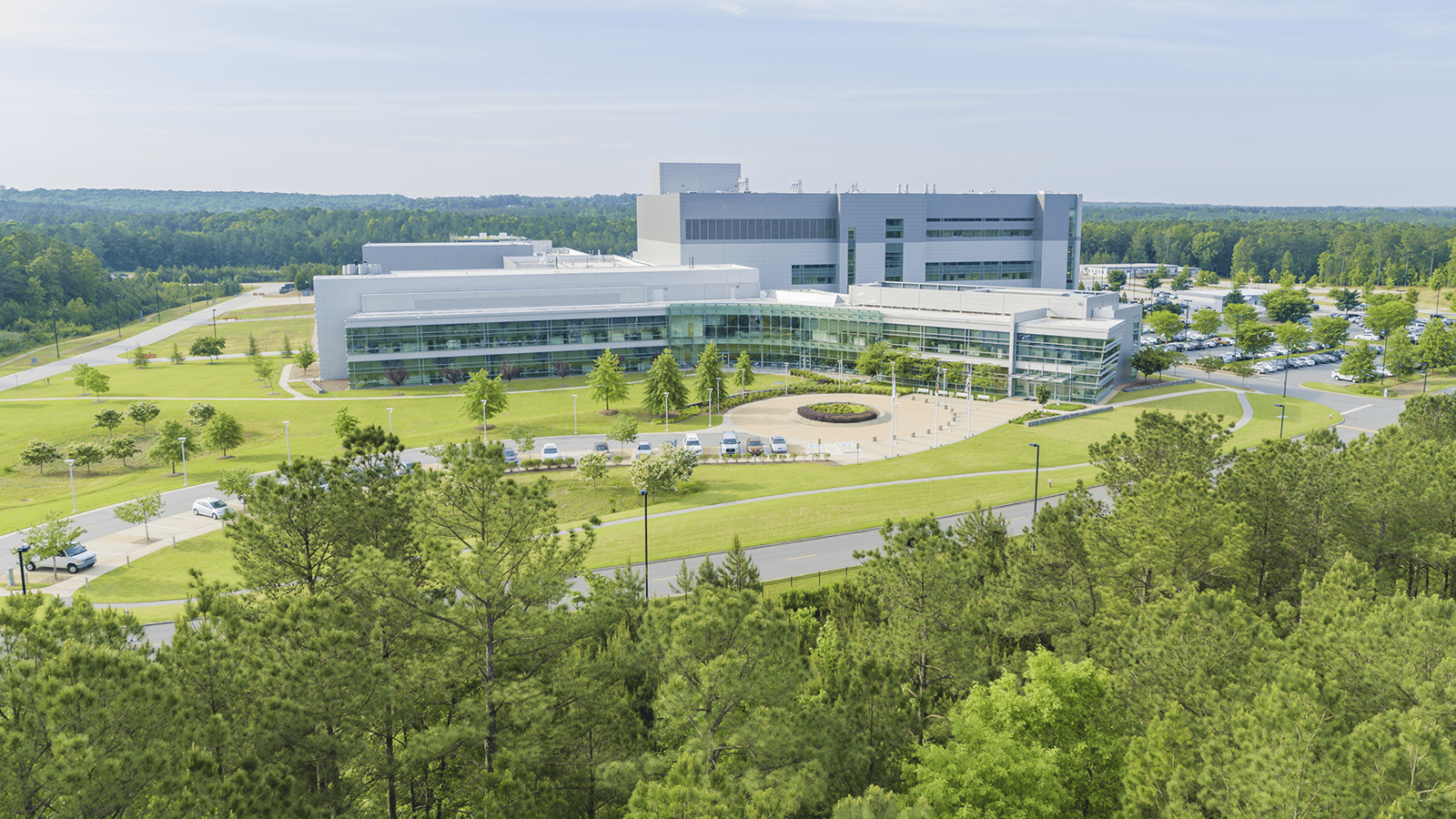
Healthier Environment
CSL’s Ambitions and Targets
In recognition of the role that we can play in contributing to global efforts to address climate change and support the transition to a low-carbon future, CSL has made a commitment to minimise our climate change impact by reducing our greenhouse gas (GHG) emissions.
As part of our broader sustainability strategy to build a more sustainable future for employees, communities, patients and donors, CSL announced, in 2022, new carbon emissions reduction targets that serve as a transparent roadmap to decarbonise global operations by cutting direct and indirect carbon emissions.
We have committed to a 40% reduction in absolute Scope 1 and 2 emissions by 2030, using the average of CSL’s FY19-21 emissions as the basis. Further, we intend to ensure that suppliers who contribute 67% of our Scope 3 emissions have set Science-Based Targets initiative-aligned Scope 1 and Scope 2 reductions by 2030.
Water and Waste reduction targets
CSL has continued to advance its environmental strategy in the focus areas of water and waste, with the development of waste and water reduction targets. CSL’s water and waste reduction targets aim to serve as a tangible and transparent roadmap towards reducing our impact. By 2030, CSL aims to:
- 0% Water Use - Achieve zero percent absolute growth in water use, from a FY2021 baseline at three priority manufacturing sites, Kankakee (US), Broadmeadows and Tullamarine (Australia) which are located in regions forecasted to be water stressed by 2030.
- 90% Waste diverted from landfill - Divert more than 90% of manufacturing waste from landfill i.e., 'Zero Waste’ at all manufacturing sites.
- Reduce landfill at Plasma collection centres - Reduce percentage of waste to landfill year on year for CSL’s Plasma collection centres.
- Minimise incineration - Minimise percentage waste incinerated (if site is already zero waste).
Environmental Management
CSL is committed to conducting all its operations in a way that minimises negative impact on the environment, protects biodiversity and conserves natural resources. CSL has an established Environment, Health and Safety (EHS) function, which ensures its facilities operate to industry and regulatory standards. This strategy includes compliance with government regulations and commitments to minimise the impact of operations on the environment. Our EHS Management System provides the platform for policies, procedures and guidelines that manage our business processes.
We are committing resources and time into new technology to capture, calculate and report global environmental data, a significant stepping stone to delivering on our roadmap for achieving our emissions reduction targets.
Biodiversity
CSL recognises that responsible management and the efficient use of natural resources is critical to a healthier environment that promotes healthy ecosystems and biodiversity.
The Company is working towards better understanding of its potential local biodiversity impacts and mitigation strategies, and have undertaken a high-level assessment of the locations of all our manufacturing facilities with regards to proximity to biodiversity sensitive areas. This assessment showed that currently none of CSL’s manufacturing facilities are located in or near to biodiversity sensitive areas.
CSL’s embedded environmental management policies and practices allow the Company to reduce the risk of causing harm and minimise any impact it has on the environment. These steps include the appropriate management of stormwater runoff, and containment in the unlikely event of a chemical spill at all of CSL’s manufacturing facilities.
Further to CSL’s commitment of responsible management of the Company’s environmental impacts, in FY24 CSL has prioritised its efforts to divert waste from landfill and reduce its water usage by developing reduction targets as outlined above.



